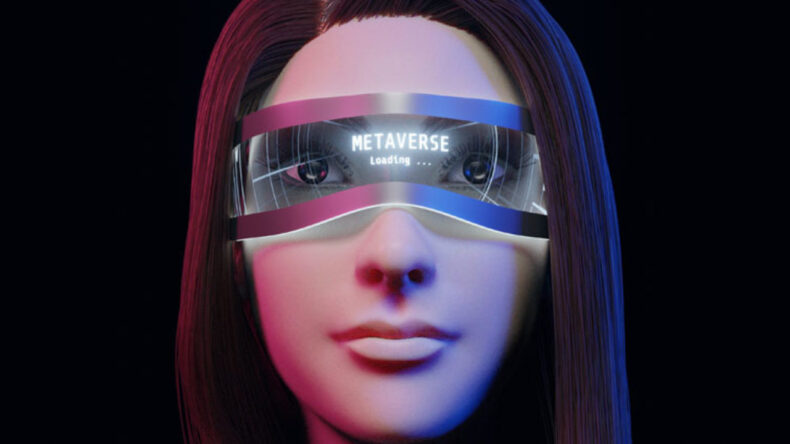Mixed Reality ads in the metaverse are nearer than you think.
When we are living in an age where weddings and receptions have started taking place in the metaverse, the thought of carrying out daily tasks through an entirely virtual mode doesn’t seem far behind. Imagine trying out clothes in a fully virtual shopping mall or testing out samples of the latest products in a virtual showroom; that’s the vision Meta is delivering to ad agencies for the future.
Technology that merges the virtual and physical worlds could become a reality for consumers in a few years. Facebook owner Meta Platforms Inc has told advertising agencies, giving more details of its vision for creating the metaverse. Mixed reality, or MR, is the merging point between reality and virtual worlds to produce new environments and visual effects in real-time. It could allow a user with an MR headset to use something in the physical world to perform an action in the virtual sphere, like using a baseball bat to hit a video game character.
Mixed reality is one of three types of extended reality technologies associated with the metaverse. With social gatherings, gaming, and cryptocurrency leading the storm into the metaverse, many innovative types of extended reality programs are in the making across the world. Augmented reality (AR) has existed for some time now, gaining popularity with games like Pokémon go and being used in other formats to facilitate creative experiences for brands and personal functions. Like Meta’s Oculus, virtual reality headsets immerse users into an entirely virtual world where they can interact with the environment. Still, both technologies cannot affect the virtual world with a physical object.
These comments were observed during a Zoom call between meta and advertising agencies on Thursday, which was scheduled to help advertisers better understand the metaverse, said an
agency executive who attended the call. It was Meta’s first roundtable discussion with agencies about the metaverse.
Meta has said that building the metaverse, a largely undefined and complex concept set in its infant stages, could take a decade or so, but their estimate of mixed reality being a few years away adds additional details to the timeline of constructing a fully functional metaverse.

Some companies have already stepped into the Mixed Reality market, one of the biggest ones being Microsoft. The firm released its first MR headset in 2015, the Microsoft HoloLens, and its successor, the Microsoft HoloLens 2, in 2019, which retails for $3,500, but both the headsets were not introduced for general consumers and were relegated to the workplace. At its annual Connect conference in October, Meta Platform Inc announced ‘Project Cambria,’ a headset that will feature mixed reality technology and include face and eye-tracking. The headset is expected to be released later this year.
The ad agency executive said that Meta continued to advise advertisers to experiment with augmented reality ads, such as photo and video filters that overlay digital images onto the real world, like makeup filters for its products, or try on features for articles such as glasses and so on. The company also said brands could partner with content creators on AR ads or use the technology for virtual clothing try-ons.
The agency executive said that the roundtable discussion with agencies lacked detail on what type of ad formats could be created for the metaverse or what specific controls would be in place to prevent brands from appearing next to unsuitable content or actions.
The executive also pointed out that ad agencies will be looking into the effectiveness of ads in the metaverse, making sure their investments pay off was a priority to their respective companies.
Edited by- Subbuthai Padma
Published by- Radhika. N













